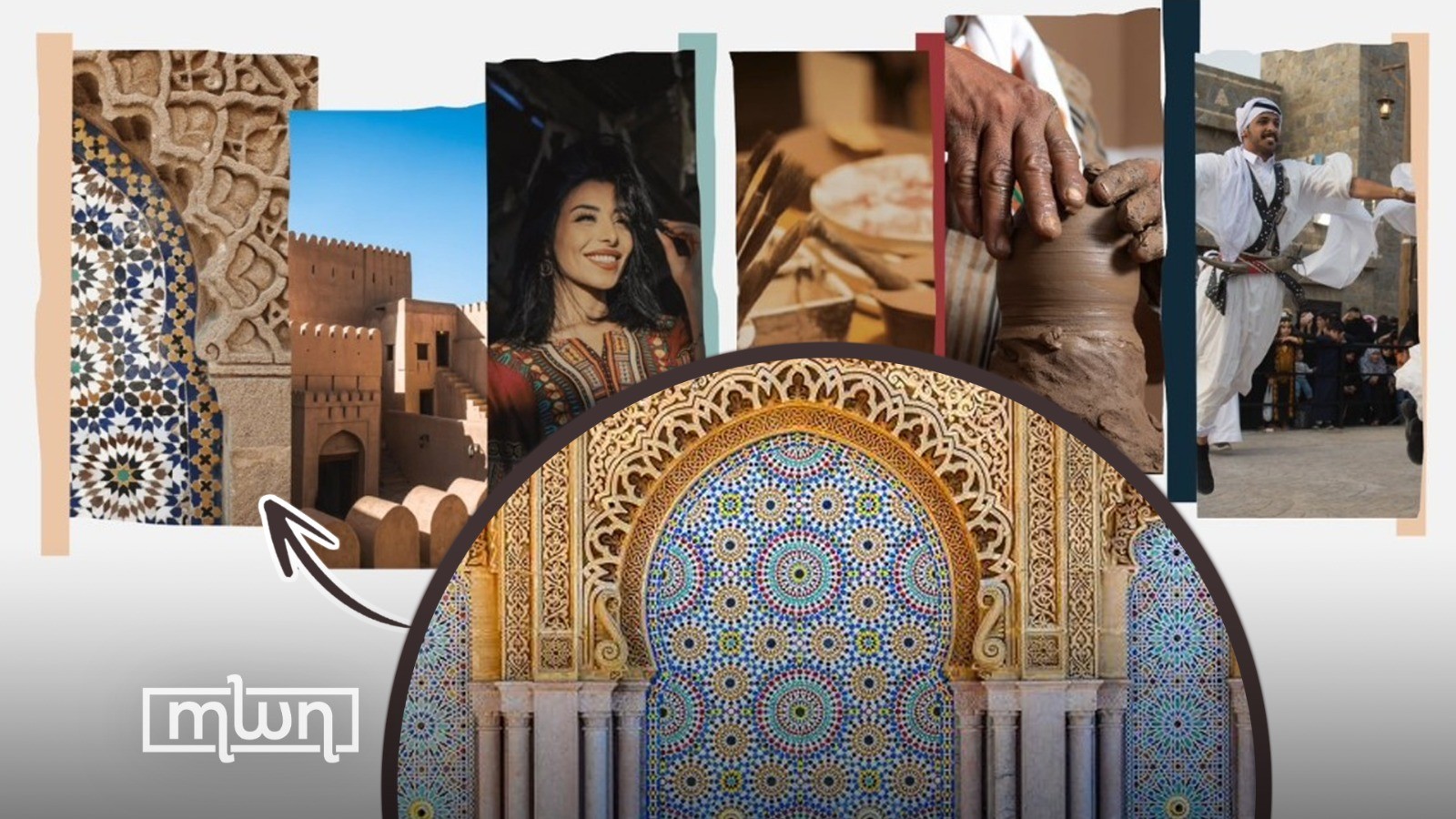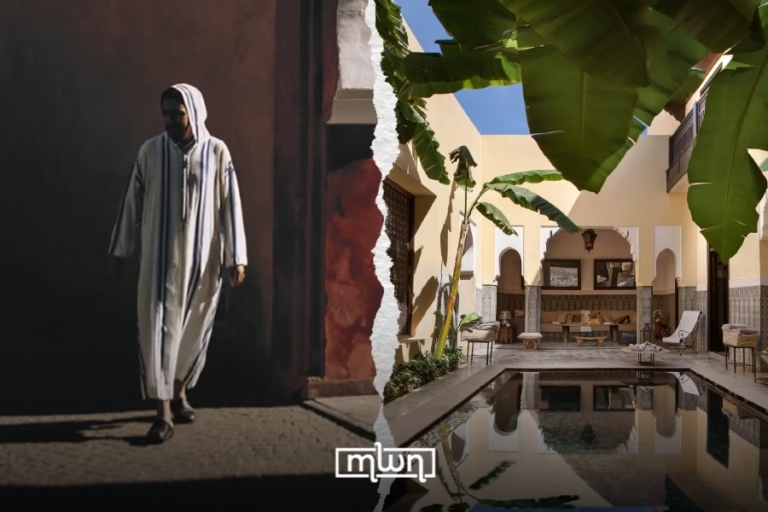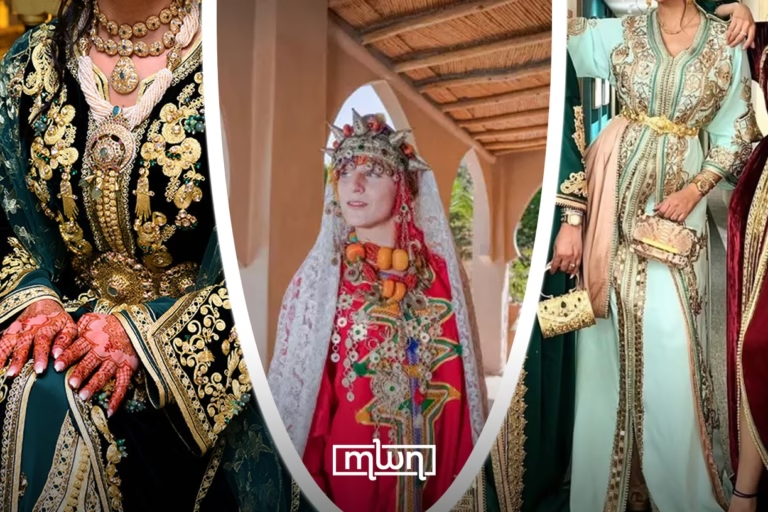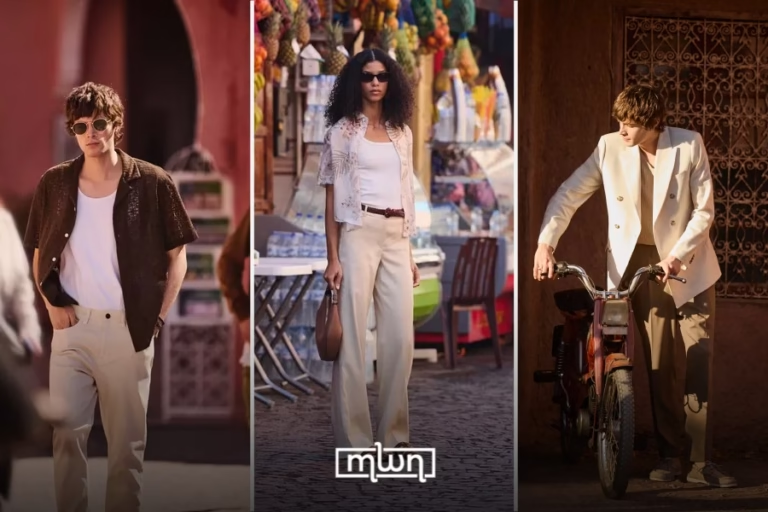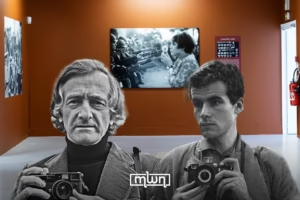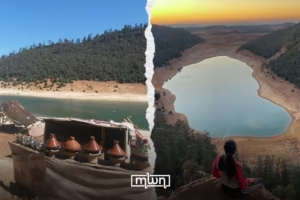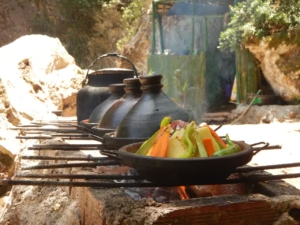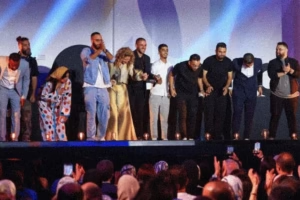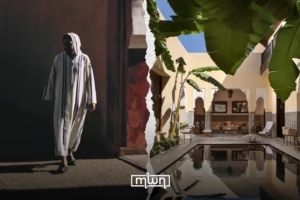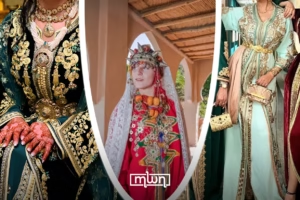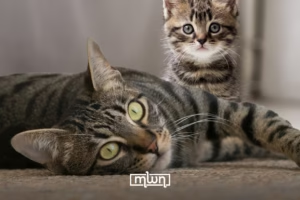Rabat – Saudi Arabia is facing backlash as many Moroccans take to social media to denounce the cultural appropriation of Morocco’s culture – in particular – zellige or a style of mosaic tilework that is characteristic of Moroccan architecture.
The controversy erupted after the Saudi Culture Ministry announced the launch of a culture portal it presented as reflecting a “comprehensive database for the Saudi cultural sector.”
However, one of the images used by the Saudi ministry for promotional purposes of the cultural website showcases a Moroccan architectural print that features Morocco’s zellige.
The same picture used by the Saudi ministry is featured on Amazon, who is selling the print under “Moroccan Architecture Print, Marrakech Wall Art.”
The picture sparked questions from many Moroccans, who took issue with Saudi Arabia’s apparent appropriation of Moroccan culture.
“You have a splendid culture that deserves a dedicated porta. However, what is the connection between this and the Moroccan Fassi zellige represented in the picture,” one critic of the Saudi campaign wrote on X, formerly Twitter.
Another condemned the use of Moroccan culture and attributed it to Saudi Arabia, saying: “To this extent you find it challenging to produce a design older than the previous century and you use the heritage of Morocco to prove your alleged civilization.”
Also writing on X, another commenter sarcastically called on Saudi Arabia to change its ministry’s name to the Saudi Moroccan Culture Ministry, while many others called on Morocco’s Culture Ministry to seriously address the increasingly recurring — and alarming — situation of cultural appropriation of Moroccan heritage.
Indeed, Moroccan heritage and culture have fallen victim to cultural appropriation on several occasions in recent years.
In 2022, Algeria sparked a similar controversy for celebrating Zellige in an exhibition as its own cultural heritage.
“[Zellige] is our heritage that we will not give up,” a video showed the governor of Oran, Said Sayoud, saying during the exhibition.
“It is our right to put it on our jerseys, our blankets, or the fronts of our buildings, and no one has the right to dispute it,” he added.
The comments came amid a lawsuit filed by Morocco against Adidas, which had caused an uproar for releasing a Morocco-inspired kit for the Algerian national football team and claiming that that the collection was instead inspired by the “architectural design of the iconic El Mechouar palace in Tlemcen.”
More recently, in July of this year, Algeria announced its decision to add the allegedly Algerian “gandoura” (a traditional dress) and melhfa to the UNESCO Heritage List in April.
The claims also came on the heels of Algeria’s submission of a controversial file to UNESCO, including pictures of Moroccan caftans in its submitted dossier. The photo shows the Moroccan Ntaa Kaftan that originated in the city of Fez.

